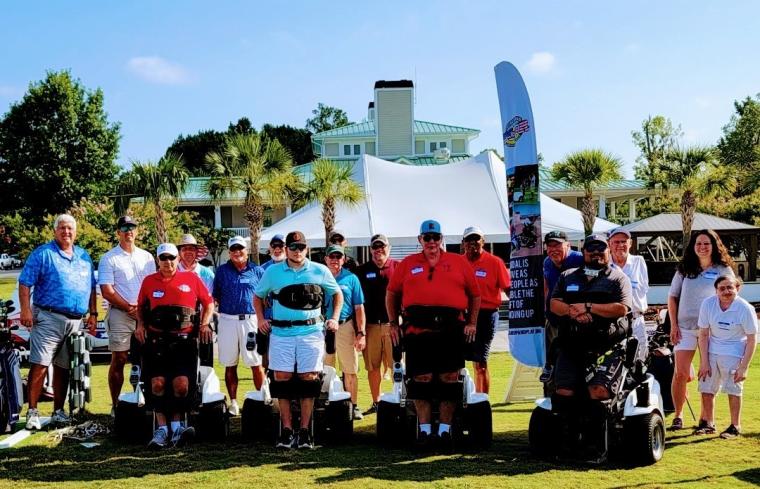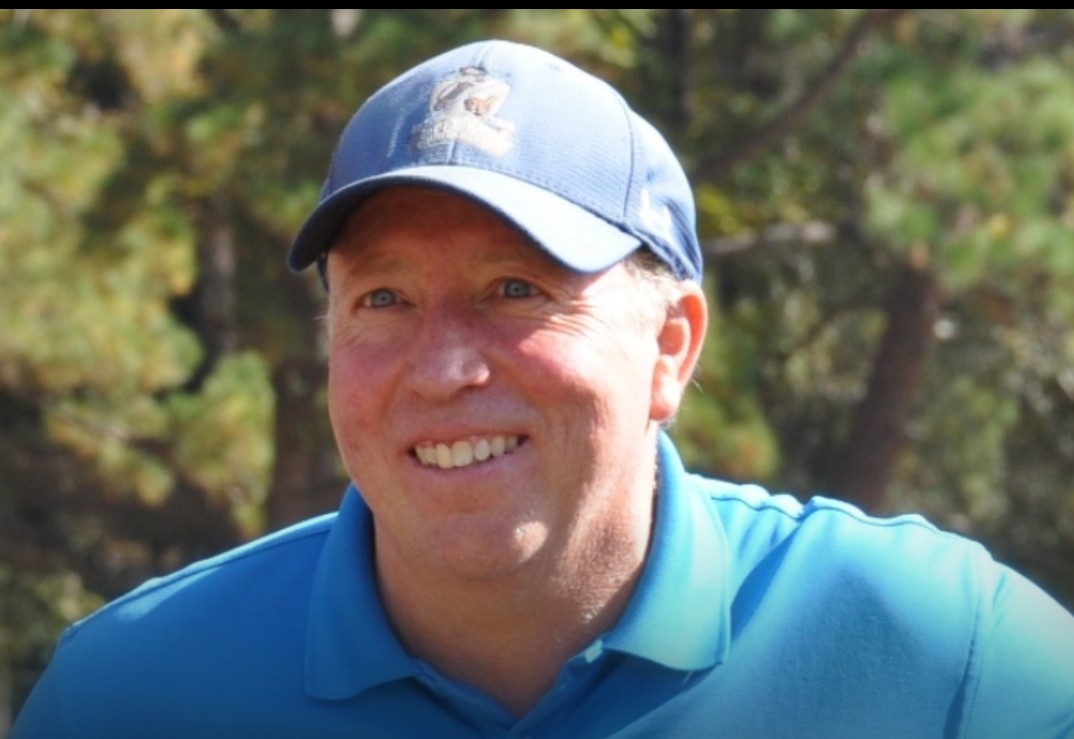
Photo courtesy of Rich O'Brien
Editor’s Note: This article was originally published at this link, and is being used with the permission of the National Alliance for Accessible Golf.
In recent years, golf has been experiencing a boom with tens of millions of Americans having used golf as therapy during and following the COVID pandemic. In 2020, there were more than 502 million rounds played in the United States. The National Golf Foundation now counts a combined 41.1 million American golfers.
In recent years, adaptive golf has become the next great growth segments of the game as more and more individuals with injuries, illnesses, or challenges are starting to make golf their thing. According to a report in the CDC’s Disability Health Overview, more than one in four U.S. adults – about 61 million – have a disability that impacts major life activities. Among adults. individuals with mobility challenges are the largest disability type accounting for 13.7% of the adults and 8.36 million Americans. An important study by the Center for Accessibility found that 67% of disabled individuals are interested in playing golf.

There are also over 3 million children under the age of 18 who are living with a disability. Of that total, 20% of the children have mobility challenges so that brings the combined total of individuals with mobility challenges to just under 9 million Americans. In the coming decades, the number of Americans living with mobility challenges is expected to increase significantly. Golf facilities should have a plan in place to be able to accommodate ALL golfers with disabilities.
While the regulations of the Americans with Disabilities Act (ADA) does not expressly require that golf courses MUST have an accessible golf car, if a golf course truly wants to be accessible, inclusive, and look like the community that they are part of, then having an accessible golf car is simply the right thing to do.
Privately owned courses are covered by Title III of the ADA which states that “barriers” should be removed when they are “readily achievable” with readily achievable being defined as “easily accomplishable and able to be carried out without much difficulty or expense.” In recent years, the federal government has incentivized golf courses to become fully accessible by increasing an annual tax credit to $15,000. I recommend that golf courses create a three year plan to make their facility fully accessible and welcoming to individuals with disabilities by taking advantage of that tax credit to cover most of the capital expenses of making the course accessible including providing one or more accessible golf cars. You literally can’t get much easier than that!

As we start 2023, there’s no time like the present for your course to become more accessible to a growing number of adaptive golfers who want to make golf their thing.
The National Alliance for Accessible Golf is the leader in inclusion— working to ensure the opportunity for all individuals with disabilities to play the game of golf. Formed in the summer of 2001, the National Alliance is represented by major golf, recreation and therapeutic organizations in the United States; organizations that provide services for people with disabilities; and others who advocate for the inclusion of people with disabilities into society.
Through golf, individuals with disabilities become actively engaged in the social fabric of a community, and derive health benefits that improve quality of life. The National Alliance headquarters is located in Jupiter, FL, and is governed by a Board of Directors representing those organizations instrumental in forming the National Alliance and administered by an Executive Director along with a Grant Consultant.
The National Alliance for Accessible Golf is a 501(c)(3) charitable organization. Full information on it can be found on its website at this link.
Awareness: The National Alliance creates and promotes awareness about the benefits of accessible golf. In addition to online publications and social media marketing, the National Alliance engages in speaking opportunities at conferences and other public events.
Training: Education and Technical Resources for Golfers and Golf Facilities
The National Alliance is available to provide technical assistance and training. In addition, the National Alliance has developed a toolkit to provide general guidance for individuals with disabilities who are interested in the game of golf as well as a toolkit to provide guidance to golf course owners and operators seeking ways to make their golf courses and facilities more accessible to golfers with disabilities.
Funding: National Alliance Grant Program - With previous grants from the USGA, the National Alliance administers the grant-application process for organizations providing inclusive golf instructional programs and playing opportunities for individuals with disabilities. The National Alliance is particularly interested in applications that demonstrate focus on inclusion of people with disabilities in programs that involve those without disabilities with the ultimate goal of enhancing their inclusion into the fabric of their community.

